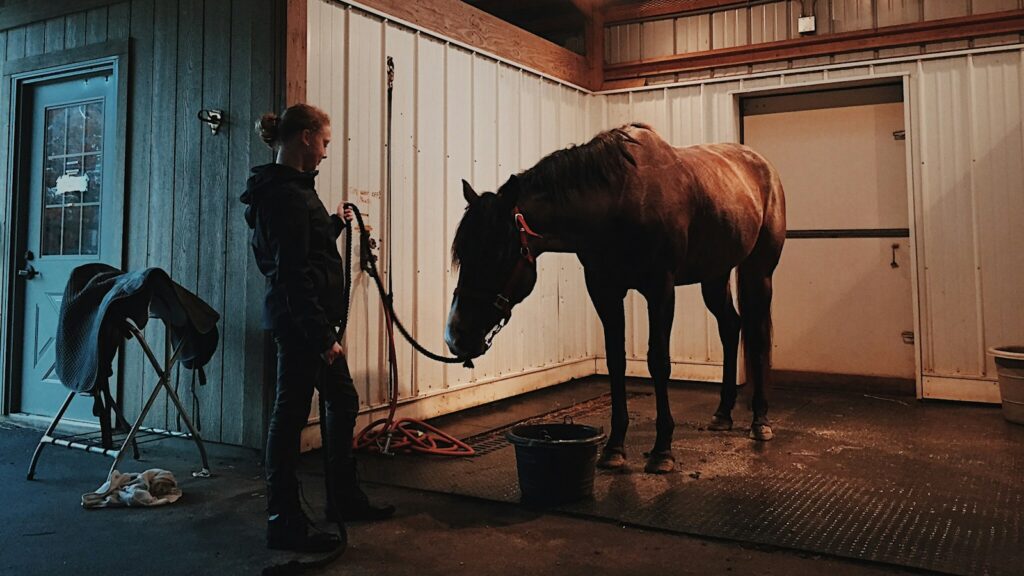Proper nutrition forms the cornerstone of equine health, yet many well-intentioned horse owners inadvertently make feeding mistakes that can impact their horse’s wellbeing. From misunderstanding basic nutritional needs to falling prey to popular misconceptions, these dietary errors can lead to serious health issues including colic, laminitis, and metabolic disorders. This comprehensive guide examines the most frequent feeding mistakes horse owners make and offers practical solutions to ensure your equine companion receives optimal nutrition for health, performance, and longevity.
Overfeeding Concentrates While Underfeeding Forage
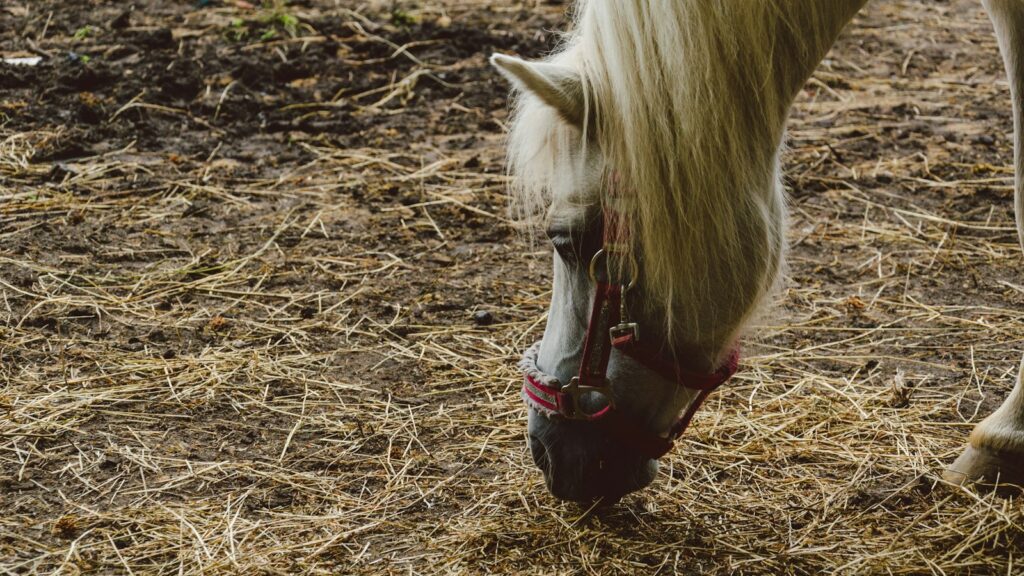
Perhaps the most fundamental dietary mistake is prioritizing grain and commercial feeds over sufficient forage. Horses evolved as grazing animals with digestive systems designed to process fibrous plant material continuously throughout the day. When owners provide excessive amounts of concentrated feeds while limiting hay or pasture access, they disrupt the natural digestive process and increase risks of ulcers, colic, and behavioral issues. The equine digestive system functions optimally when processing small amounts of food over extended periods, as evidenced by the production of stomach acid that occurs continuously regardless of whether food is present. Experts recommend that horses receive at least 1.5-2% of their body weight in forage daily, which translates to approximately 15-20 pounds of hay for a typical 1,000-pound horse.
Ignoring Individual Nutritional Needs
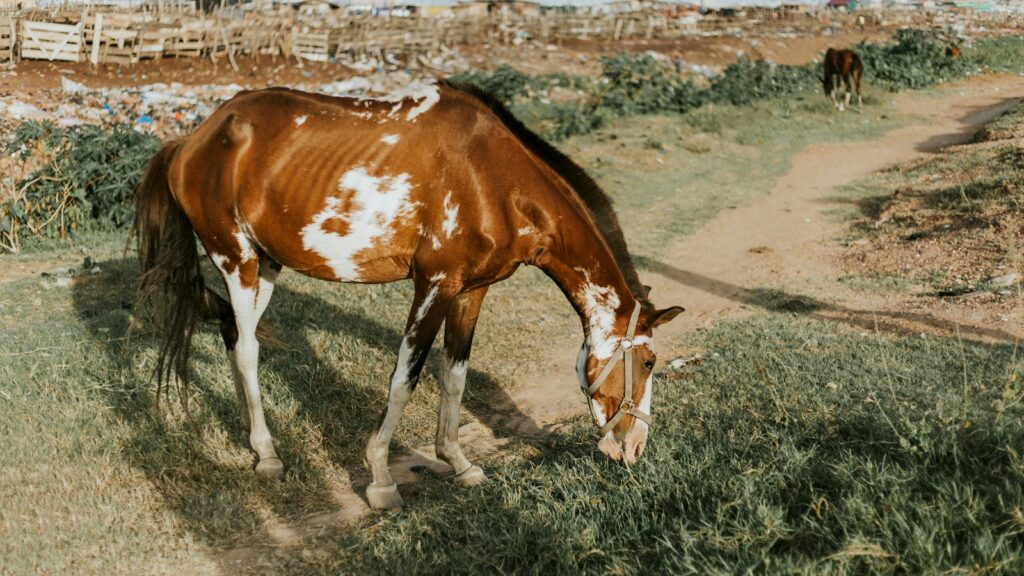
A universal feeding approach fails to address each horse’s unique nutritional requirements based on age, breed, workload, and individual metabolism. The energetic young Thoroughbred in heavy training requires a dramatically different nutritional profile compared to a senior Quarter Horse in light work or retirement. Feeding based solely on what works for other horses at the barn or on outdated advice creates nutritional imbalances that can manifest as poor performance, weight issues, or health problems. Individual factors such as metabolic efficiency, dental condition, and even psychological aspects affect how horses process nutrients from their feed. Responsible horse owners should work with equine nutritionists or veterinarians to develop customized feeding programs that account for their horse’s specific needs rather than relying on general formulas.
Mismanaging Pasture Access
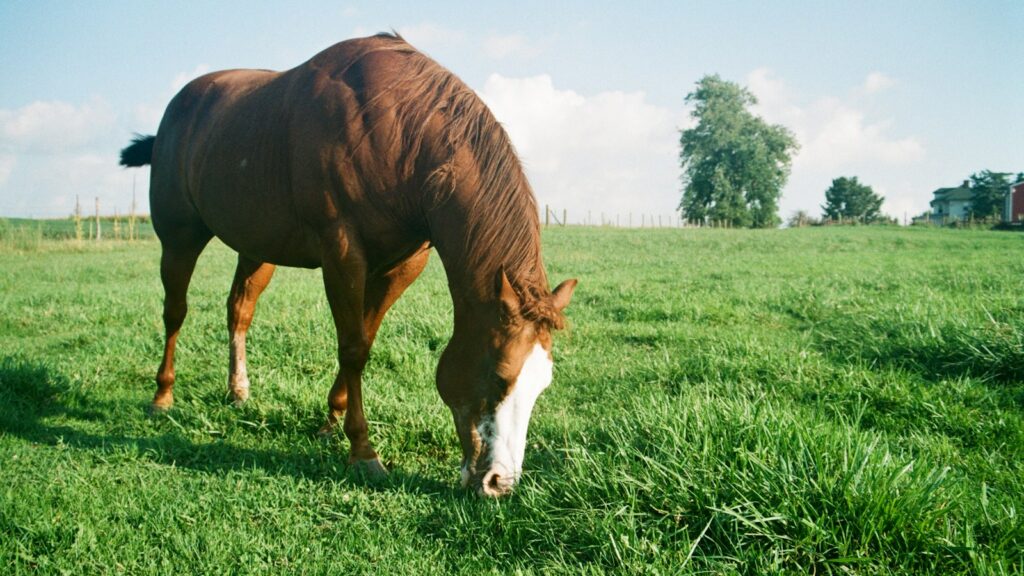
Pasture management represents another area where significant feeding errors occur, particularly during seasonal transitions when grass composition changes dramatically. Spring pastures contain high levels of non-structural carbohydrates (sugars and starches) that can trigger metabolic issues in susceptible horses, particularly those with insulin resistance or a history of laminitis. Many owners fail to adjust grazing schedules based on seasonal changes, potentially exposing at-risk horses to dangerous sugar levels during peak photosynthesis periods. Proper management might include limiting grazing to early morning hours before plants have produced significant sugar through photosynthesis, using grazing muzzles to restrict intake, or implementing rotational grazing systems. For some metabolically sensitive horses, carefully managed dry lots with controlled forage may prove necessary during high-risk seasons.
Sudden Diet Changes
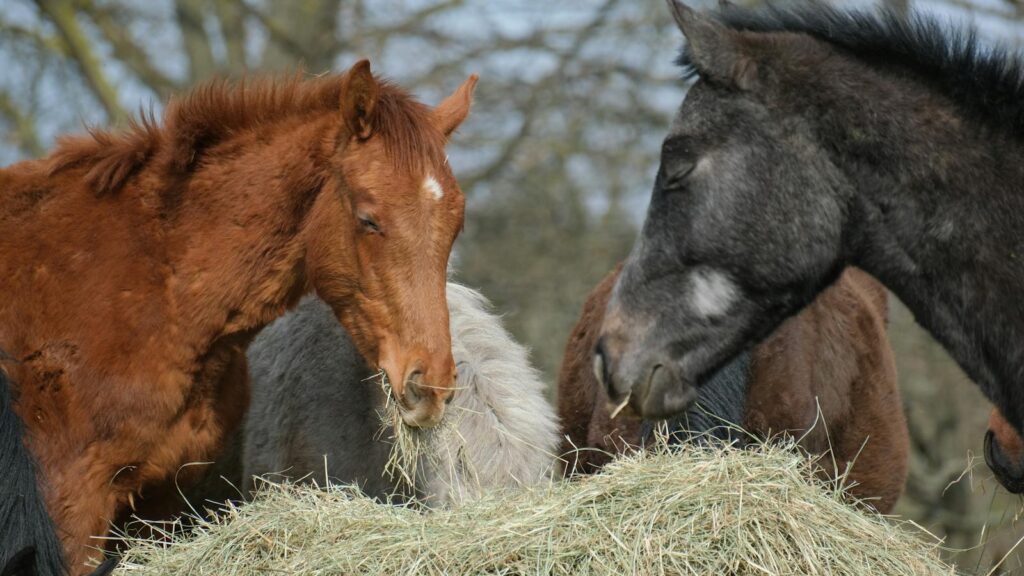
Abrupt alterations to feeding regimens represent a significant risk factor for digestive disturbances in horses. The equine hindgut contains billions of microorganisms specifically adapted to digest particular food sources, and these populations require time to adjust when diet composition changes. Sudden switches in hay type, introduction of new grain products, or drastic changes in feeding amounts can disrupt this microbial balance, potentially leading to colic, diarrhea, or other digestive upsets. Veterinarians recommend gradually transitioning to new feeds over a 7-14 day period to allow proper microbial adaptation in the cecum and large intestine. This cautious approach is particularly important when introducing feeds with higher starch content or when changing forage sources, as different hay varieties contain varying fiber compositions that require specific enzymatic processing.
Improper Supplementation
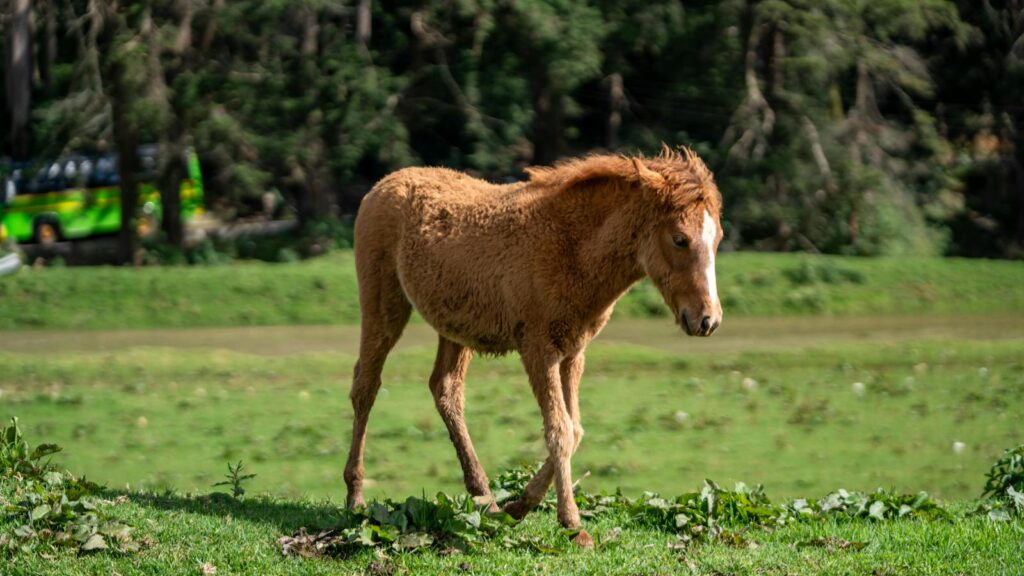
The supplement industry offers thousands of products promising everything from joint health to coat shine, leading many owners to create a “supplement soup” without understanding potential interactions or actual requirements. Overlapping supplements can create dangerous mineral imbalances, particularly with elements like selenium that have a narrow safety margin between therapeutic and toxic doses. Many owners fail to analyze their baseline nutrition from forage and concentrates before adding supplements, potentially creating harmful redundancies in certain nutrients while still missing others. Calcium and phosphorus ratios exemplify this concern, as proper balance between these minerals (ideally between 1.5:1 and 2:1 calcium to phosphorus) is critical for bone development and overall health. Before adding any supplement, owners should consult with nutrition professionals who can analyze the complete diet and identify genuine deficiencies requiring correction.
Poor Hay Quality Assessment
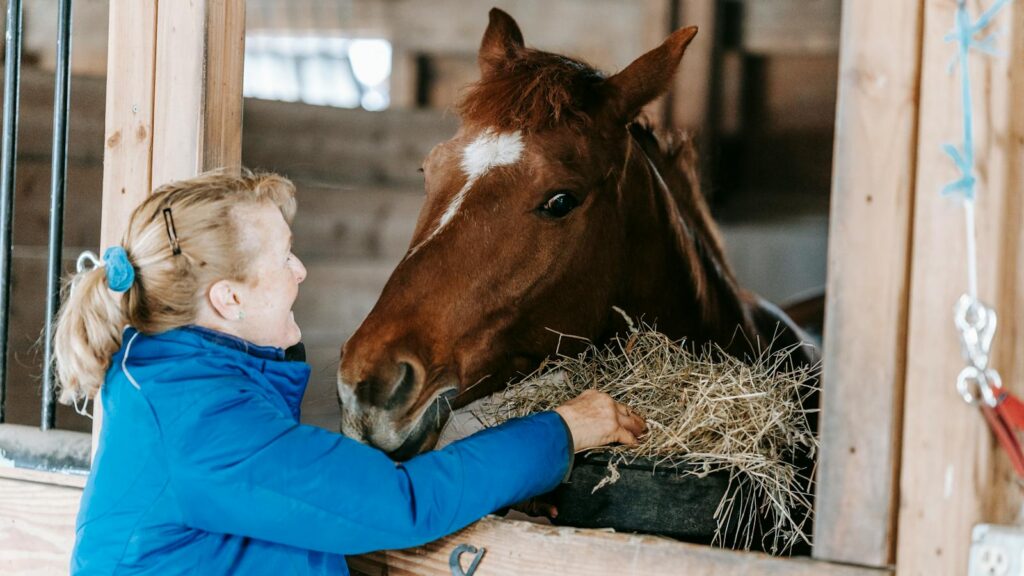
Many horse owners lack the skills to properly evaluate hay quality beyond basic visual inspection, potentially feeding nutrient-deficient or even harmful forage. Quality hay should display appropriate color for its type (bright green for alfalfa, greenish-gold for grass hays), possess a pleasant aroma free from musty or moldy scents, and contain minimal dust or foreign material. Beyond these observable characteristics, nutritional content varies dramatically between hay types and cutting seasons, affecting protein levels, energy content, and mineral profiles. Mature, overgrown hay contains higher lignin content—an indigestible fiber component—reducing overall digestibility and nutritional value regardless of how lush it might appear. Professional forage analysis provides the most accurate assessment of hay quality, measuring crucial values like crude protein, digestible energy, and mineral content that determine whether the forage meets a particular horse’s requirements.
Inadequate Water Supply
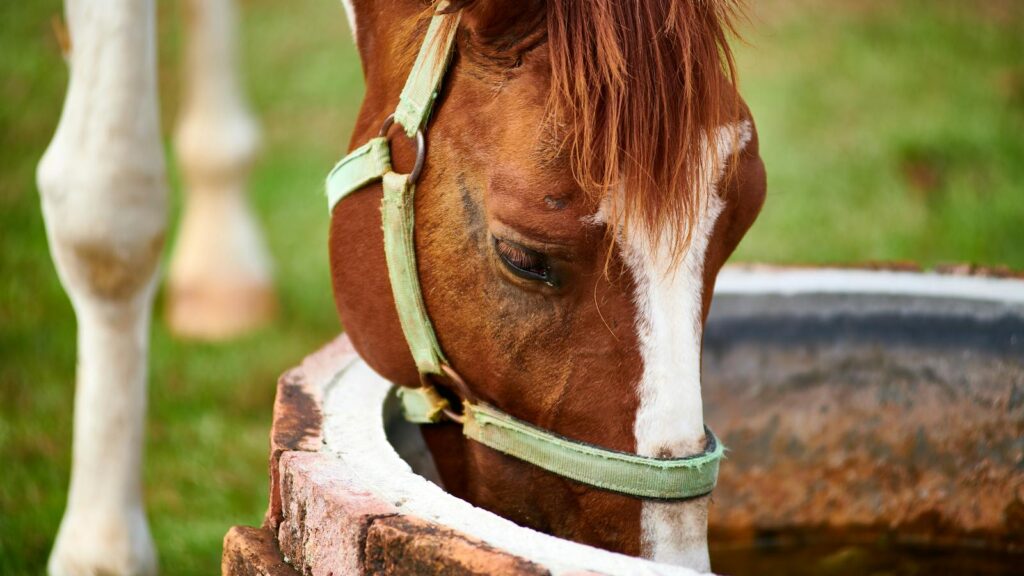
Though not technically a feeding error, insufficient water access profoundly affects digestion and overall nutrition, yet remains commonly overlooked by horse caretakers. Horses require 5-15 gallons of clean, fresh water daily depending on environmental conditions, workload, and diet composition. Reduced water consumption increases impaction colic risk, particularly in horses consuming dry hay or pelleted feeds that require substantial hydration for proper digestion. During winter months, many owners fail to account for horses’ reluctance to drink cold water, potentially leading to dangerous dehydration despite water availability. Research demonstrates that horses consume significantly more water when it’s maintained between 45-65°F compared to near-freezing temperatures, making heated water buckets or regular warm water offerings essential in cold climates. Water quality issues like excessive mineral content or algae contamination can also reduce voluntary consumption, necessitating regular testing and cleaning of water sources.
Improper Grain Storage
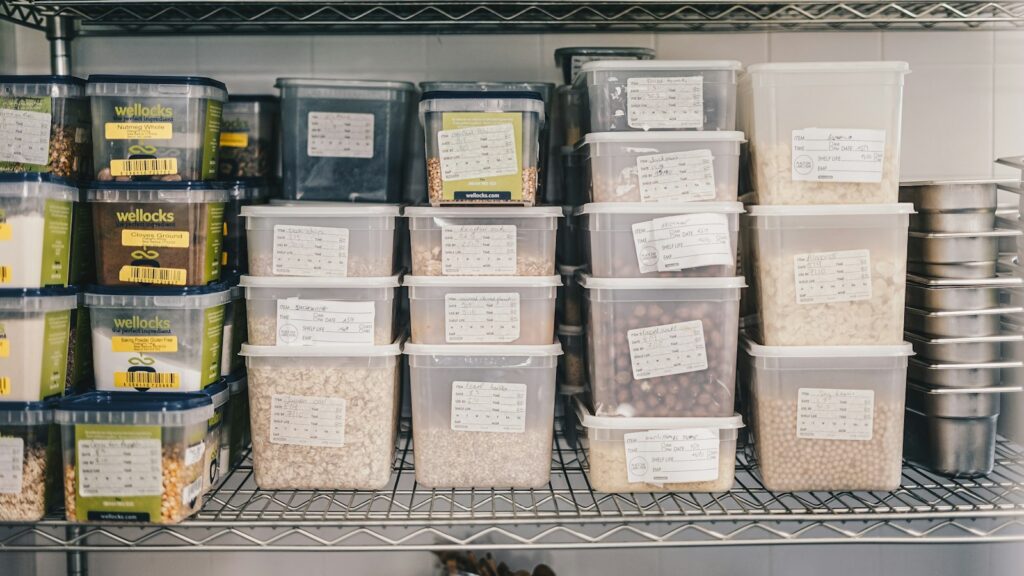
Careless feed storage practices compromise nutritional quality and potentially introduce harmful substances into equine diets. Improperly stored grain products attract rodents and insects that contaminate feed with feces, while also creating opportunities for mold growth that can produce dangerous mycotoxins. Commercial feeds contain volatile nutrients like certain vitamins and beneficial fatty acids that degrade when exposed to oxygen, heat, and light, diminishing nutritional value over time. Most manufactured feeds maintain optimal quality for approximately 3-6 weeks after production when stored properly, making large bulk purchases potentially problematic for small stables. Ideal storage conditions include cool, dry environments in sealed containers that prevent pest access and moisture exposure, with oldest feed used first to maintain freshness rotation.
Misunderstanding Weight Management
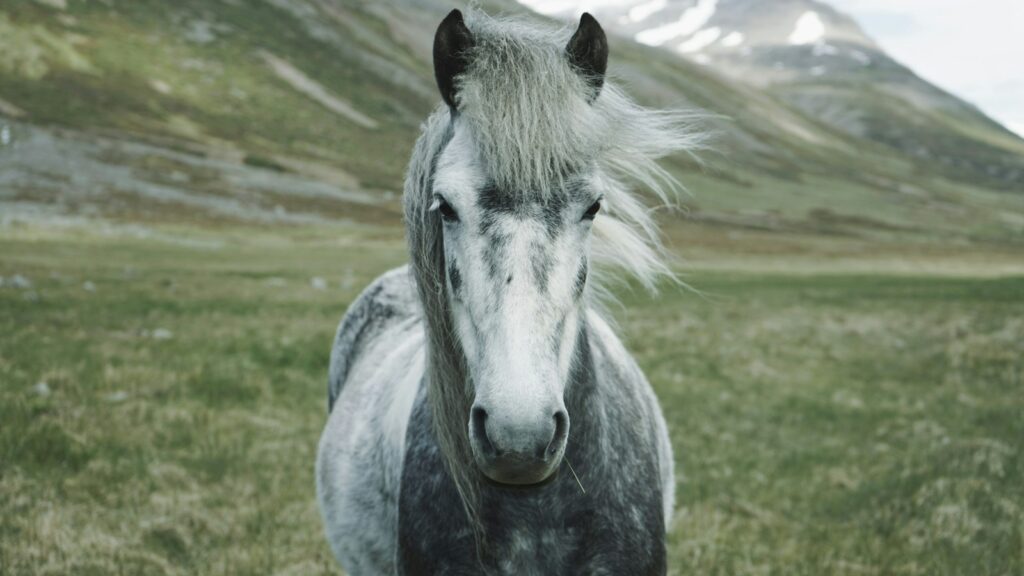
Accurate body condition assessment and appropriate feeding adjustments present significant challenges for many horse owners, resulting in both obesity and underweight conditions. Studies consistently show that owners tend to underestimate their horses’ weight status, perceiving overweight horses as “normal” and normalizing obesity in certain disciplines where heavier body conditions have become standard. The subjective nature of visual assessment makes objective measurement tools like weight tapes and body condition scoring systems essential for accurate evaluation. Proper weight management requires regular monitoring coupled with appropriate dietary adjustments, recognizing that even small caloric excesses accumulate over time into significant weight gain. For weight loss programs, research indicates that restricting feed to 1.5% of ideal body weight (not current weight) while increasing exercise produces safer, more sustainable results than more severe restrictions that might trigger stress responses or behavioral issues.
Neglecting Dental Care’s Impact on Nutrition
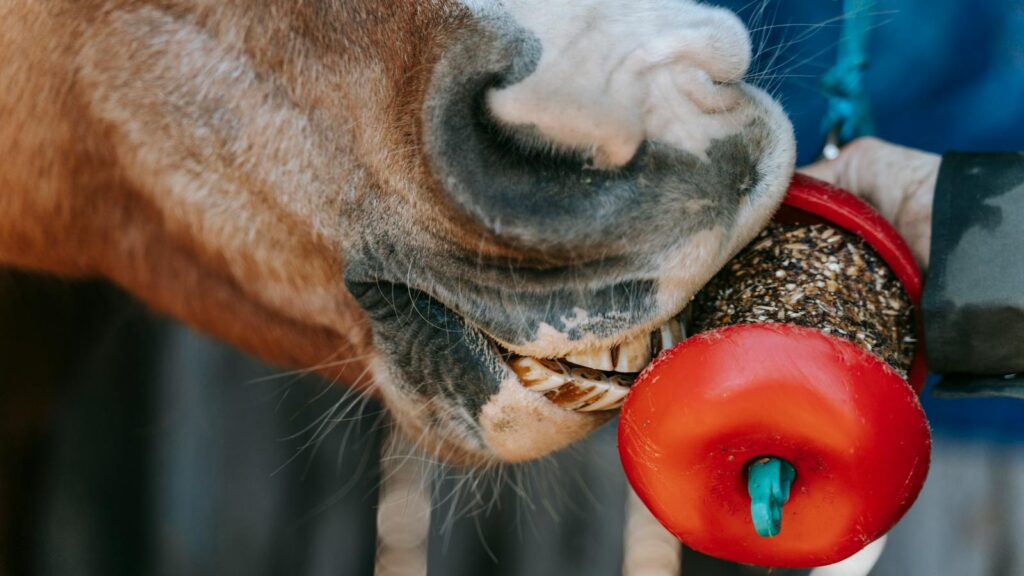
Dental problems significantly affect feed utilization, yet many owners fail to connect dental status with nutritional outcomes. Horses with sharp points, wave mouths, missing teeth, or other dental abnormalities cannot properly chew forage, leading to reduced nutrient extraction and potential digestive disturbances from poorly masticated feed particles. Undigested feed particles appearing in manure often signal dental issues preventing proper food processing before swallowing. Age-related changes like tooth loss or reduced grinding efficiency may necessitate dietary modifications such as soaked feeds, chopped forage, or complete feed formulations that accommodate compromised dentition. Regular dental examinations (typically every 6-12 months depending on age and individual factors) should be considered an essential component of nutritional management rather than simply oral healthcare.
Following Fad Diets and Marketing Claims
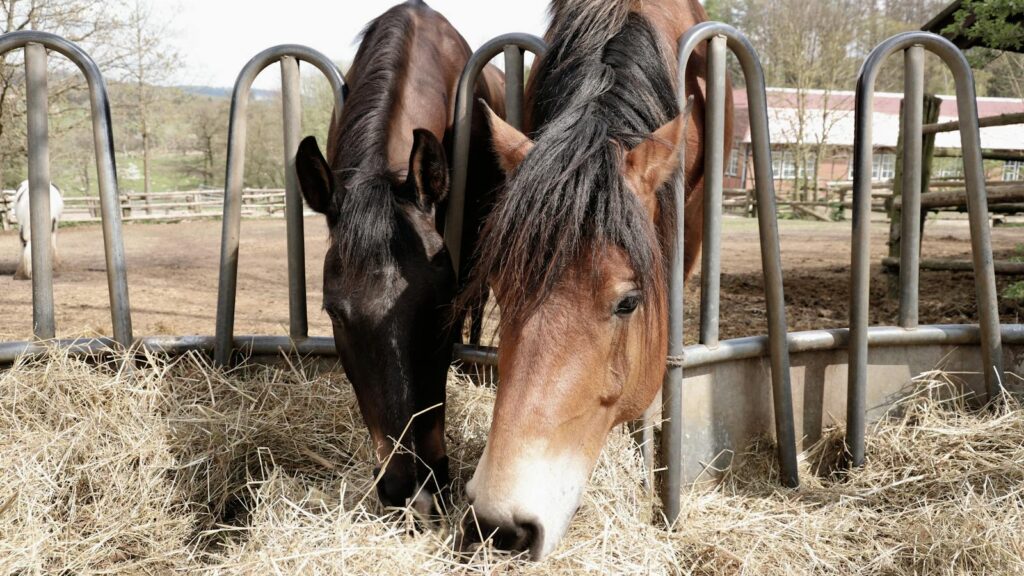
The equine feed industry employs sophisticated marketing strategies that sometimes prioritize sales over scientific evidence, leading owners to make decisions based on trends rather than nutritional science. Terms like “natural,” “organic,” or “non-GMO” appeal to human food preferences but may have limited relevance to equine nutrition when used without substantive research backing specific benefits. Many owners adopt feeding practices based on testimonials, tradition, or marketing materials rather than peer-reviewed research or consultation with qualified nutritionists. Particular concern surrounds supplement products making health claims without required FDA approval or scientific validation, as these can create both financial waste and potential health risks. Responsible owners should scrutinize marketing claims critically, seek evidence-based information sources, and consult equine nutrition professionals when evaluating new products or feeding approaches.
Ignoring Seasonal Nutritional Adjustments
Horse owners frequently maintain identical feeding regimens year-round despite significant seasonal variations in both nutritional requirements and nutrient availability. During colder months, horses require additional calories to maintain body temperature, with research indicating energy needs increase 15-25% for each 10°F drop below the horse’s thermoneutral zone. Conversely, reduced activity and rich spring grass can quickly lead to weight gain and associated metabolic issues if feeding isn’t adjusted accordingly. Seasonal changes also affect vitamin E levels in preserved forages, with significant degradation occurring during storage that may necessitate supplementation during winter months when horses lack access to fresh, green vegetation. Environmental stressors like extreme heat, flies, or transportation can also increase nutritional demands temporarily, requiring flexible feeding approaches that respond to changing conditions rather than rigid year-round programs.
Failure to Consider Feed Cost-Effectiveness
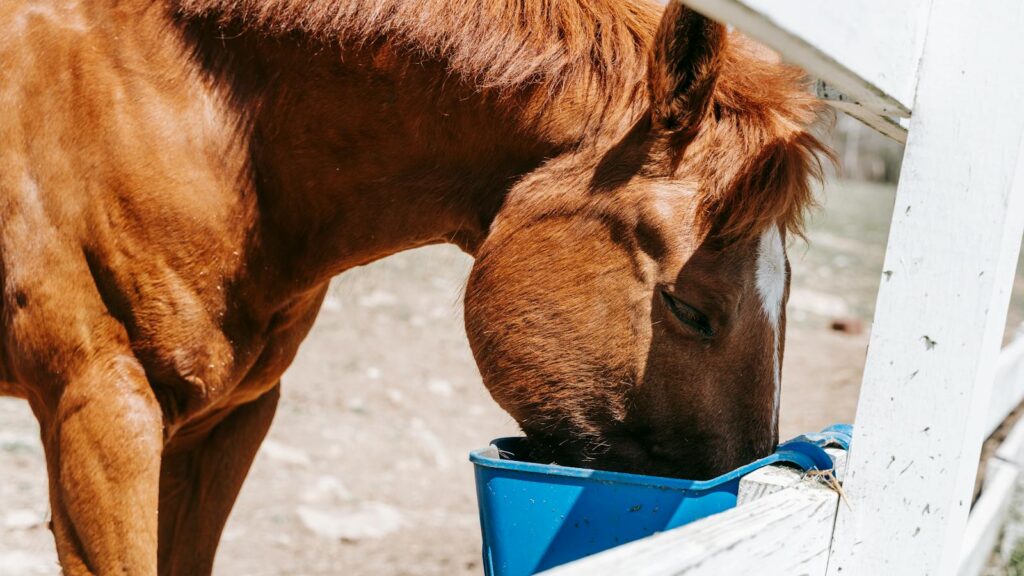
In challenging economic times, many owners make feeding decisions based solely on price without evaluating true nutritional value per dollar spent. Lower-quality feeds often contain fillers or less digestible ingredients that reduce actual nutrient delivery, potentially requiring higher feeding rates to achieve the same results as more nutrient-dense options. Calculating cost per nutrient rather than cost per pound provides more accurate economic assessment of feeding options, particularly when comparing complete feeds with different digestibility profiles. Forage quality significantly impacts supplementation needs, sometimes making higher-priced premium hay more economical overall by reducing or eliminating requirements for expensive protein or mineral supplements. Preventative nutrition that supports digestive health and metabolic balance also represents significant long-term savings by reducing veterinary interventions for conditions like colic, laminitis, or PPID that often stem from inappropriate feeding practices.
conclusion

Proper equine nutrition requires knowledge, attention to detail, and willingness to adapt feeding practices to individual needs. By avoiding these common feeding errors, horse owners can significantly improve their animals’ health, performance, and longevity. Remember that nutrition forms the foundation of overall equine wellness, making it worth the investment to consult with qualified professionals, educate yourself about basic nutritional principles, and regularly reassess your feeding program as your horse’s needs evolve. Though perfect nutrition cannot prevent all health issues, addressing these common feeding mistakes creates the optimal conditions for your horse to thrive while potentially avoiding costly and distressing diet-related disorders.

